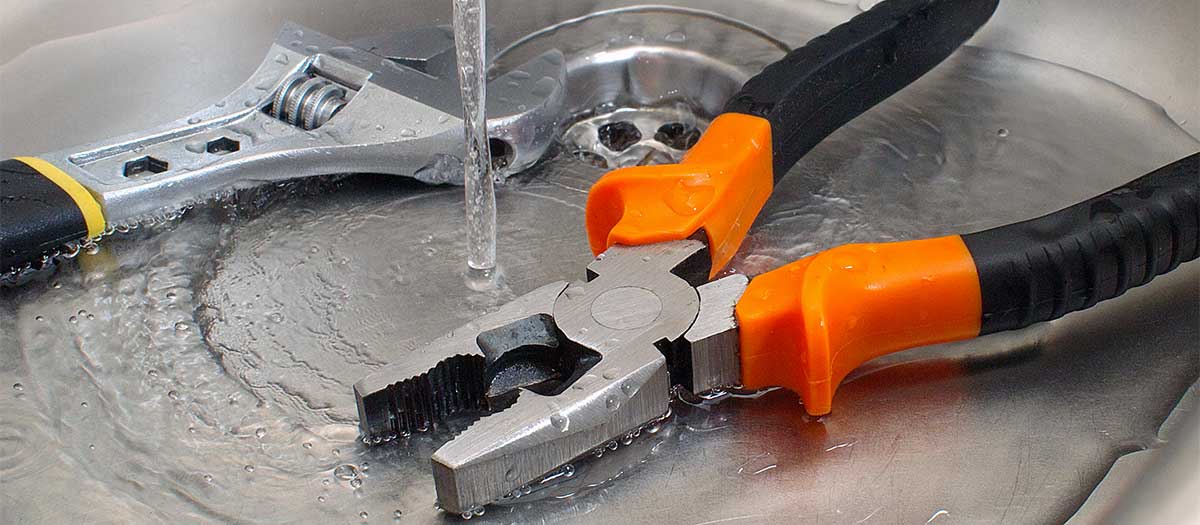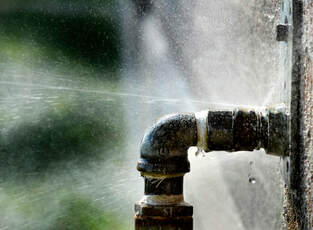How to Find and Repair Work Water Leaks-- A Comprehensive Guide
How to Find and Repair Work Water Leaks-- A Comprehensive Guide
Blog Article
This article which follows pertaining to Hacks to detect leaks is immensely captivating. Try it and draw your own final thoughts.

Early discovery of dripping water lines can mitigate a prospective disaster. Some tiny water leakages may not be visible.
1. Check Out the Water Meter
Every home has a water meter. Checking it is a surefire way that helps you find leaks. For beginners, turn off all the water sources. Make sure nobody will purge, utilize the tap, shower, run the cleaning device or dish washer. From there, go to the meter and also watch if it will certainly transform. Since nobody is utilizing it, there should be no motions. If it relocates, that suggests a fast-moving leak. If you discover no changes, wait an hour or two and also examine back again. This means you might have a slow leak that could also be below ground.
2. Check Water Consumption
If you detect abrupt modifications, despite your intake being the exact same, it indicates that you have leakages in your plumbing system. A sudden spike in your costs shows a fast-moving leak.
At the same time, a consistent boost on a monthly basis, despite the same habits, shows you have a slow-moving leakage that's likewise gradually rising. Call a plumber to extensively examine your property, specifically if you feel a warm location on your flooring with piping beneath.
3. Do a Food Coloring Examination
When it comes to water usage, 30% comes from bathrooms. If the color in some way infiltrates your dish during that time without flushing, there's a leakage in between the storage tank and bowl.
4. Asses Exterior Lines
Do not neglect to check your outside water lines as well. Test spigots by affixing a yard pipe. Should water seep out of the link, you have a loose rubber gasket. Change this and ensure all links are tight. If you have actually got an automatic sprinkler, it will help get it properly analyzed and kept each year. One small leak can lose lots of water as well as spike your water bill.
5. Check and also Evaluate the Situation
Property owners should make it a habit to inspect under the sink counters and also inside closets for any bad odor or mold and mildew growth. These two red flags show a leak so punctual attention is called for. Doing regular inspections, also bi-annually, can save you from a major problem.
If you recognize your residence is currently old, maintain a careful eye on your heating units, hoses, pipes etc. Check for discolorations and deteriorating as most home appliances as well as pipes have a life expectancy. They will also normally deteriorate due to wear and tear. Do not wait for it to rise if you think leaking water lines in your plumbing system. Call an expert plumber as soon as possible so you don't wind up with a terrible mess in your house.
Early discovery of dripping water lines can reduce a potential catastrophe. Some tiny water leakages might not be visible. Inspecting it is a proven way that helps you uncover leaks. One tiny leakage can squander bunches of water and also spike your water expense.
If you believe dripping water lines in your plumbing system, do not wait for it to intensify.
WARNING SIGNS OF WATER LEAKAGE BEHIND THE WALL
PERSISTENT MUSTY ODORS
As water slowly drips from a leaky pipe inside the wall, flooring and sheetrock stay damp and develop an odor similar to wet cardboard. It generates a musty smell that can help you find hidden leaks.
MOLD IN UNUSUAL AREAS
Mold usually grows in wet areas like kitchens, baths and laundry rooms. If you spot the stuff on walls or baseboards in other rooms of the house, it’s a good indicator of undetected water leaks.
STAINS THAT GROW
When mold thrives around a leaky pipe, it sometimes takes hold on the inside surface of the affected wall. A growing stain on otherwise clean sheetrock is often your sign of a hidden plumbing problem.
PEELING OR BUBBLING WALLPAPER / PAINT
This clue is easy to miss in rooms that don’t get much use. When you see wallpaper separating along seams or paint bubbling or flaking off the wall, blame sheetrock that stays wet because of an undetected leak.
BUCKLED CEILINGS AND STAINED FLOORS
If ceilings or floors in bathrooms, kitchens or laundry areas develop structural problems, don’t rule out constant damp inside the walls. Wet sheetrock can affect adjacent framing, flooring and ceilings.
https://www.servicemasterbyzaba.com/blog/how-to-detect-water-leakage-in-walls/

As an enthusiastic reader about Hacks to detect leaks, I imagined sharing that excerpt was a smart idea. Sharing is caring. You won't know, you could be doing someone a favor. Thanks a bunch for your time. Come back soon.
Report this page